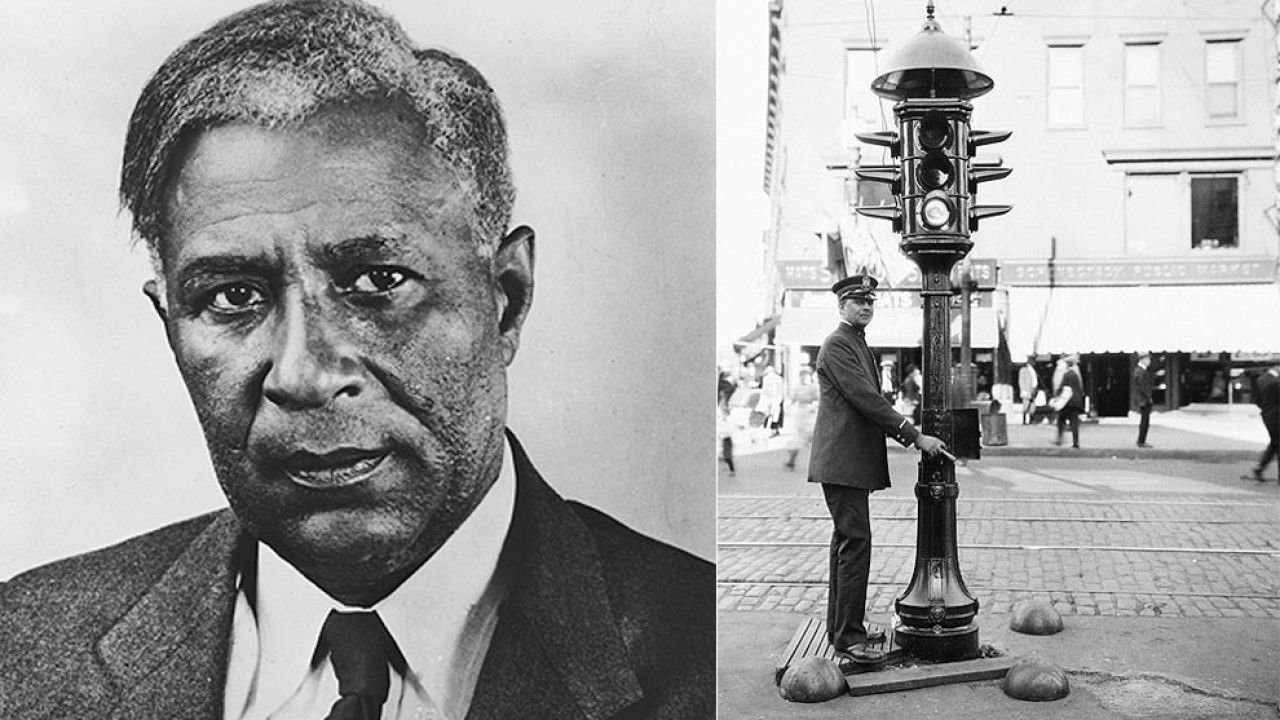Garrett Augustus Morgan is a prominent part of Black History. On March 4, 1877, Garrett Morgan was born in Paris, Kentucky, to formerly enslaved persons and farmers Sydney and Elizabeth Morgan. Garrett went through elementary school education to a sixth-grade level. He left home at fourteen and worked in Cincinnati, Ohio, as a mechanic and handyman to a wealthy landowner. With the money he earned, Garrett hired a tutor and furthered his studies.
In 1895, he started repairing sewing machines in Cleveland, Ohio, where he worked for about twelve years, and in 1901, he invented a sewing machine belt fastener.
Garrett had an inborn mechanical skill that enabled him to solve problems. He knew the design was flawed because of his experience repairing sewing machines. He received a patent for improving sewing machines and established himself as an inventor.
Unlike most other inventors in African–American history, he also was a skilled entrepreneur. This first invention inspired him to improve other things as well. He started earning even more money and started his own business in 1907, a sewing machine and shoe repair business.
Following the success of his sewing business, in 1905, Morgan performed experiments with a liquid that equipped sewing machine needles with a high polish that prevented needles from burning fabric as they sewed. He soon discovered, accidentally, that this liquid straightened wools when he saw that the liquid straightened the fur on his neighbor’s dog. Seeing it was a valuable discovery, he established the G.A. Morgan Hair Refining Company, where he refined the substance and sold the cream to African Americans.
Morgan amassed great profit and pursued an interest in other products, including “hair-growing” cream, black hair dye, and a curved-tooth comb, a hair straightener in 1910.
If you can be the best, then why not try to be the best
Garret Morgan
Morgan invented a “safety hood smoke protection device after witnessing how much firefighters have to struggle with the amount of smoke they inhale or encounter.” In 1912, Garrett Morgan received a Safety Hood and Smoke Protector license. Two years later, he founded a company called the National Safety Device Company and a refined model of this early protective mask won a gold medal at the International Exposition of Sanitation and Safety.
In 1916, Cleveland was drilling a tunnel under Lake Erie when the workers hit gas underground, resulting in an explosion and being trapped. Using the modified safety hood and smoke protection device, that could hold up to fifteen minutes of fresh air, Morgan and his brother were able to rescue two, and recovered four workers’ bodies before other rescuers joined in.
Despite this, the public failed to acknowledge Morgan as the rescuer, with some reports stating other names as the rescuers. Soon after the incident, fire rescuers ordered the new life-saving masks.
In 1920, Morgan founded and launched the newspaper called the Cleveland Call. His prosperity enabled him to own a home and an automobile. He invented the nation’s first licensed three-position traffic signal—significant upgrades from the previous two-position sign (stop and go).
In 1923, he received a patent right for the Garrett Augustus Morgan Safety System, an upgrade on former traffic signals that included a caution indicator for all traffic to stop concurrently. General Electric eventually purchased the rights to the invention for $40,000.
If you want to do something, then be the best
Garret Morgan
Garrett’s other inventions were a women’s hat fastener and a cigarette extinguisher. Besides his inventing career, Morgan supported the African-American community throughout his life. He c0-founded the Cleveland Association of Colored Men in 1908, which merged with the NAACP (the National Association for the Advancement of Colored People). Morgan worked actively for NAACP as the treasurer and made several donations to Negro schools.
In his later years, Garrett suffered from failing health due to inhaling harmful gas while testing his safety hood; Morgan died on July 27, 1963. His versatility makes him one of the greatest inventors in Black History.
